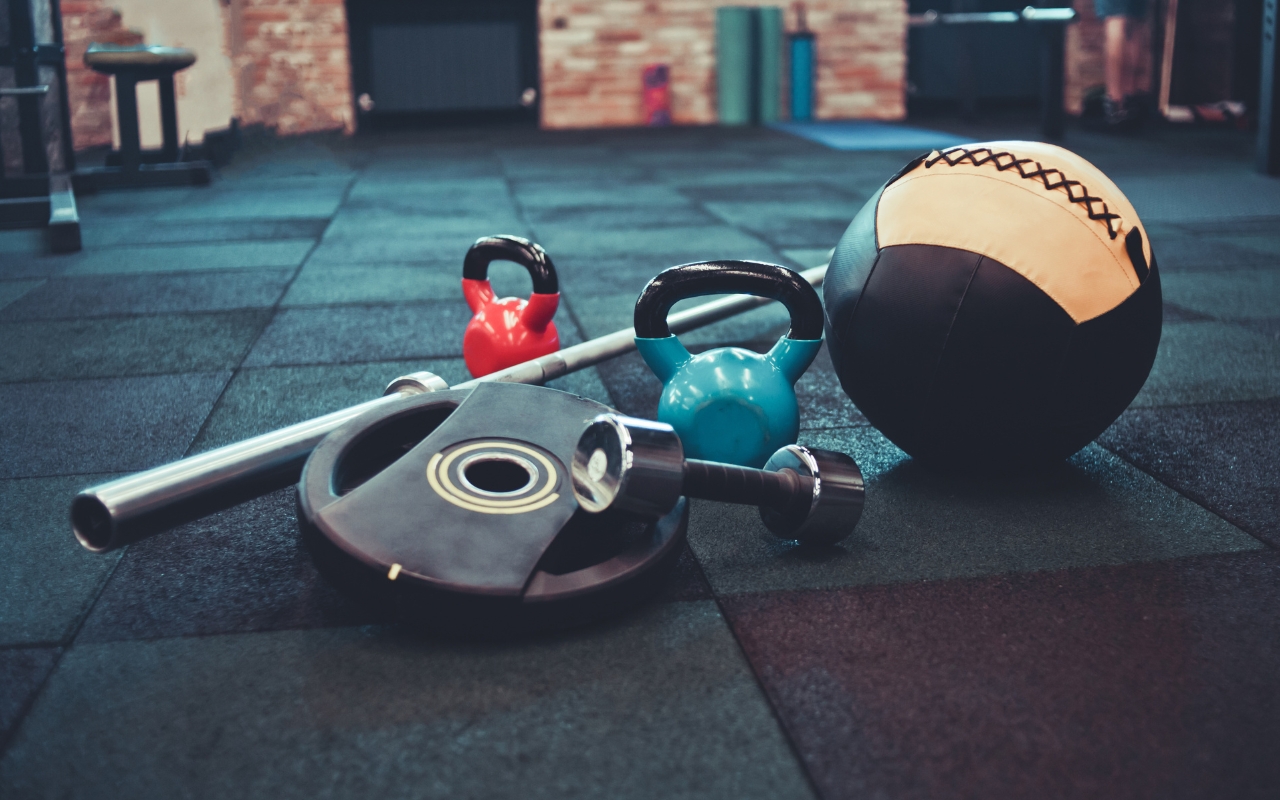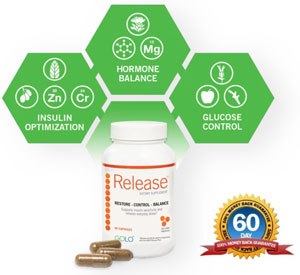Fitness
How do I avoid injury while exercising?
Published
2 years agoon
By
mbkteam
Engaging in regular exercise is integral to maintaining overall health and wellness. Exercise strengthens muscles, enhances cardiovascular health, and promotes well-being. However, with the increasing enthusiasm for fitness, the risk of exercise-related injuries cannot be overlooked. This comprehensive guide delves into practical strategies to prevent exercise injuries, ensuring a safer and more enjoyable fitness journey.
Dynamic Warm-Ups: The Essential Foundation
Initiating any workout with a dynamic warm-up is non-negotiable. Dynamic warm-ups involve active movement that elevates your heart rate and increases blood flow to the muscles, preparing them for vigorous activity. Jogging for 5-10 minutes or jumping rope for around 5 minutes are excellent ways to start. Such activities gradually increase the body's temperature, make the muscles more pliable, and reduce the risk of strains or sprains.
Dynamic stretches, such as leg swings, arm circles, and torso twists, can further prepare the body for exercise. This form of stretching helps increase flexibility and range of motion, which is crucial for performing exercises with proper form. Although research on whether stretching can prevent injury conflicts, warm-up stretches are generally advisable.
Gradual Progression: Easing Into New Routines
One of the primary causes of exercise-related injuries is overexertion, often caused by starting a new workout program too aggressively. Whether you are a novice or a seasoned athlete, it is critical to ease into any new routine. Begin with low-intensity exercises and gradually increase the duration, intensity, and frequency of your workouts. This approach allows your muscles and joints to adapt to the new demands, minimizing the risk of injuries.
Cross-Training: Diversify Your Workout Regimen
Repeating the same type of exercise can lead to overuse injuries, such as shin splints or tendinitis, due to the repetitive strain on the same muscle groups. Cross-training, which involves varying your workouts, ensures a balanced development of muscles and reduces the monotony that can accompany repetitive exercises. For instance, you could dedicate one day to upper body strength training, another to running, and a third to swimming. This variety not only keeps the workouts interesting but also promotes overall muscular balance and endurance.
Proper Equipment: Dress and Gear Up Right
The significance of using appropriate gear cannot be overstated. Whether you are running, cycling, or engaging in any other form of exercise, wearing the right equipment can substantially reduce the risk of injuries. Investing in a good pair of running shoes that offer adequate support and cushioning is essential for runners. Cyclists should always use a well-fitting helmet to protect against head injuries.
If you pick up a sport like tennis or basketball, ensure you have the proper footwear explicitly designed for those activities. Additionally, using equipment in good condition and properly adjusted to your body specifications is critical for safety. For instance, cyclists should ensure that their bike seats and handlebars are set to the appropriate height to avoid knee and back injuries.
Hydration and Nutrition: Fueling Your Body
Proper hydration and nutrition are fundamental for optimal performance and injury prevention. Dehydration can lead to muscle cramps and decreased coordination, increasing the risk of injuries. Drinking water before, during, and after workouts is essential to maintain hydration levels. In hot and humid conditions, the need for fluids is even more critical to offset the loss through sweat.
Nutrition plays a pivotal role in muscle recovery and repair. A balanced diet rich in proteins, carbohydrates, and fats provides the necessary fuel for workouts and aids in quicker recovery. Post-exercise meals should ideally include proteins to support muscle repair and carbohydrates to replenish energy stores.
Focus on Form: Technique Matters
Proper form and technique are indispensable for preventing injuries during exercises. Whether lifting weights, running, or performing any other activity, maintaining correct posture and movement patterns is essential. For instance, during weightlifting exercises such as the bench press, it is essential to keep your arms shoulder-width apart, shoulder blades pinched together, and lower the bar to the middle of the chest. Incorrect techniques, like hunching the shoulders or lifting the bar over the head, can result in severe injuries such as rotator cuff tears or impingement syndrome.
Similarly, improper form during exercises like squats or deadlifts can lead to back injuries. Ensure you are adequately educated or supervised by a fitness professional when learning new exercises. Over time, as you become more proficient, maintaining proper form will come naturally, significantly reducing the risk of injuries.
Listening to Your Body: The No Pain, No Gain Myth
The adage “no pain, no gain” has misled many fitness enthusiasts into pushing themselves beyond their limits, often leading to injuries. It is crucial to differentiate between the usual discomfort of muscle exertion and pain that signifies injury. If you experience pain during a workout, it is essential to stop immediately and rest. Pushing through pain can exacerbate the injury and lead to longer recovery times.
Rest is a vital component of any fitness regimen. Taking 1 to 2 days off each week allows your body to recover and repair, preventing overuse injuries. During rest days, engaging in light activities like walking or stretching can help maintain flexibility and promote recovery.
Cool-Down and Static Stretching: The Conclusion of a Workout
Just as a dynamic warm-up is essential to start a workout, a proper cool-down is vital to end it. Cooling down helps bring your heart rate and body temperature back to normal, reducing the likelihood of dizziness or fainting. Walking for 5-10 minutes at the end of your workout can be an effective cool-down.
Incorporating static stretches during the cool-down phase can aid muscle recovery and flexibility. Focus on stretching major muscle groups, holding each stretch for 15-30 seconds without bouncing. Stretching post-workout helps alleviate muscle tightness and reduces the risk of injury in subsequent workouts.
The RICE Method: Addressing Injuries
Despite taking all precautions, injuries can still occur. The RICE method (Rest, Ice, Compression, Elevation) is a reliable first-aid approach to manage and minimize the damage. Resting the injured area prevents further strain, while applying ice helps reduce swelling and inflammation. Compression with a bandage can control swelling, and elevating the injured part above heart level also aids in reducing swelling.
If the injury does not improve with the RICE method or is severe, seeking medical attention is imperative. A healthcare professional can provide a proper diagnosis and recommend appropriate treatment, ensuring a quicker and safer recovery.
Consulting Healthcare Providers: A Prudent Step
Before embarking on any new exercise routine, especially if you have existing health conditions, it is prudent to consult a healthcare provider. They can assess your health status and recommend suitable exercises that align with your fitness level and goals. For individuals with diabetes or hypertension, tailored exercise plans can prevent complications and promote better health outcomes.
Conclusion
Preventing exercise injuries is a multifaceted endeavor that requires attention to detail, proper preparation, and ongoing care. By incorporating dynamic warm-ups, gradually increasing workout intensity, cross-training, using proper equipment, focusing on nutrition and hydration, maintaining correct form, listening to your body, cooling down, and seeking medical advice when necessary, you can significantly reduce the risk of injuries. Following these guidelines will help you enjoy a safer, more effective fitness journey, promoting long-term health and well-being.
For further reading on preventing workout injuries, you may find these resources helpful:
- Aston University Tips for Injury Prevention
- Hospital for Special Surgery: Preventing Injuries
- MedlinePlus: Exercising Safely
- The New York Times: Avoiding Exercise Injuries
- Peloton Blog: Injury Prevention Tips
By adhering to these practices and continuously educating yourself, you can harness the full benefits of exercise while minimizing the risk of injuries, ensuring a healthier, more resilient body.













